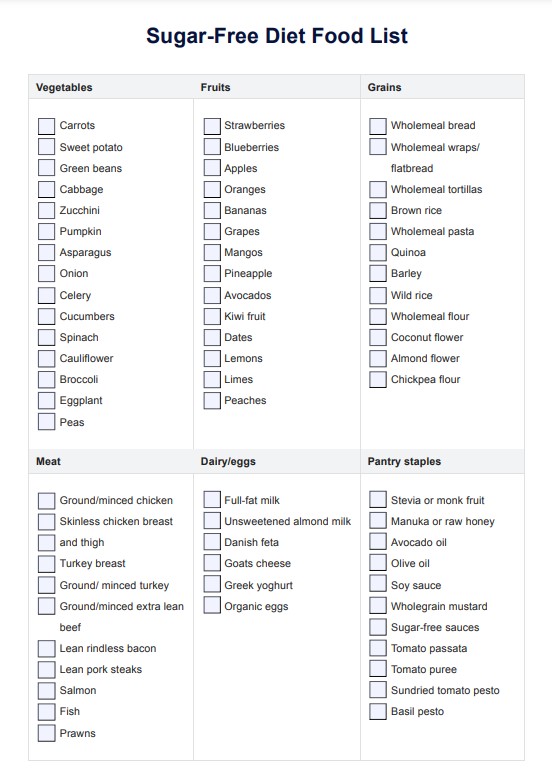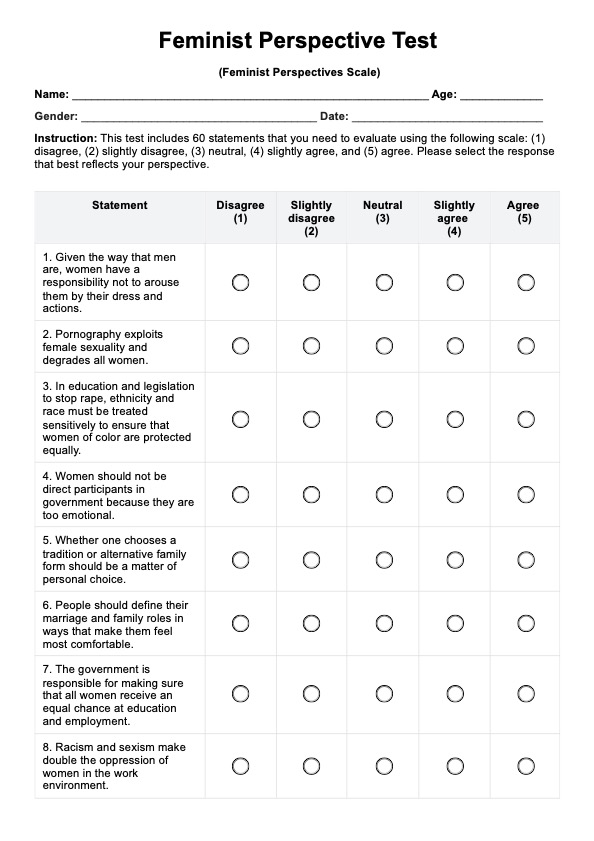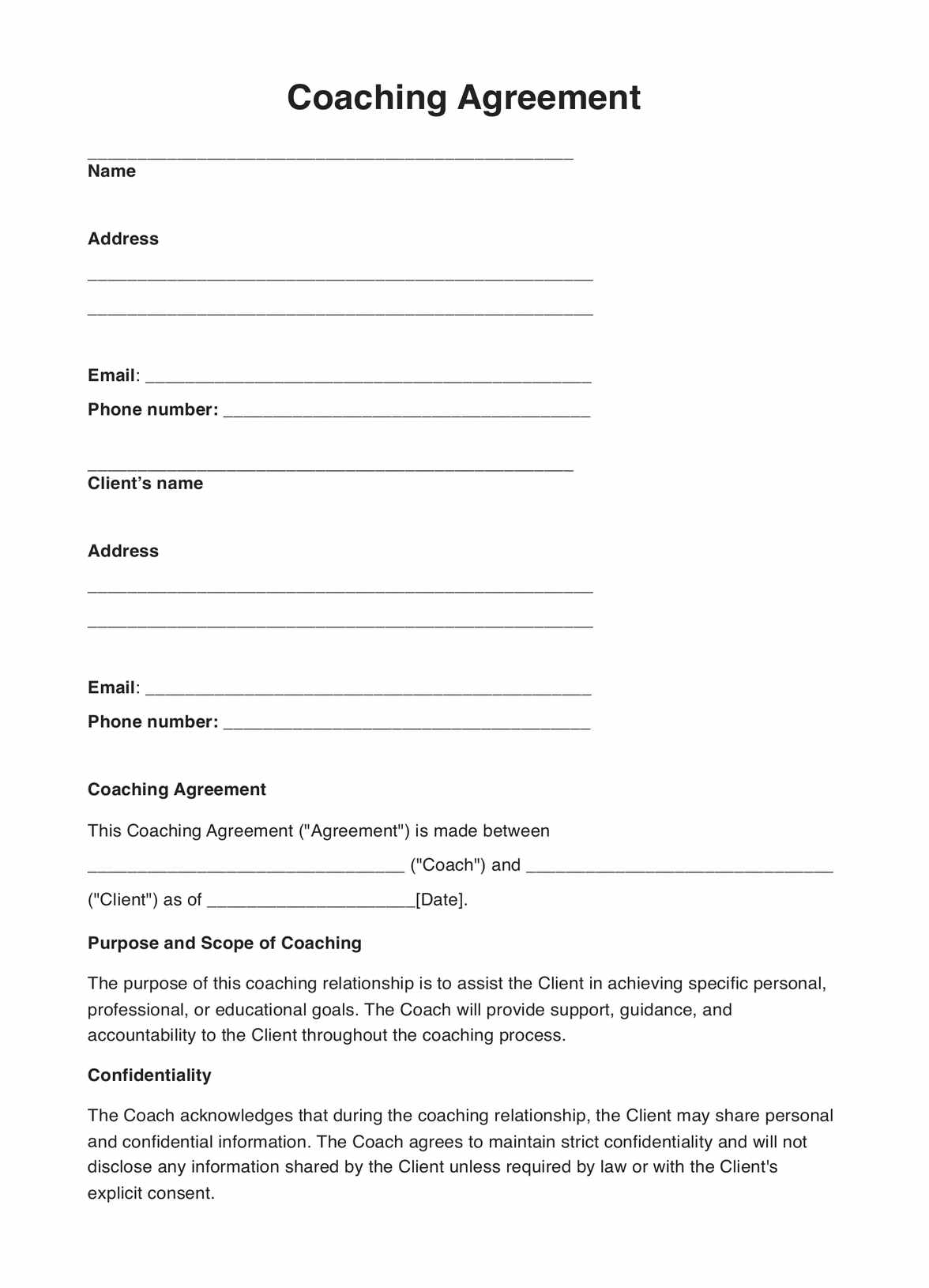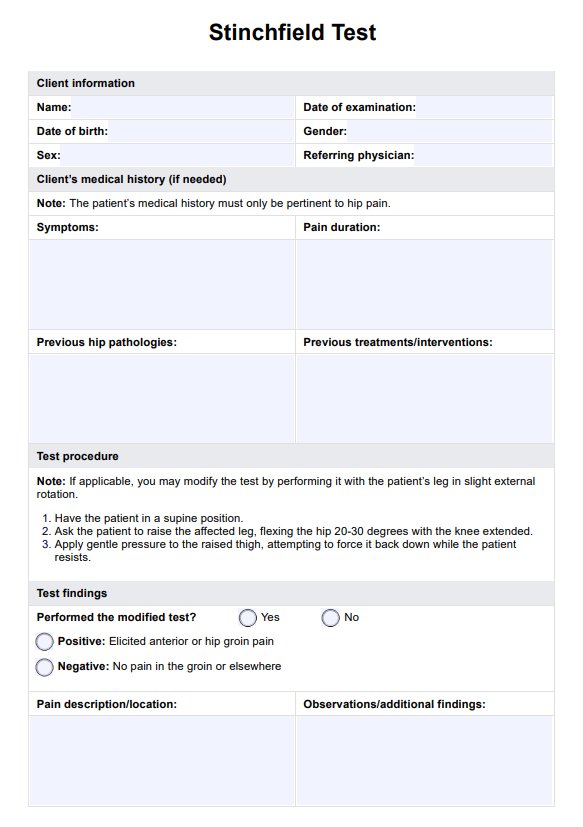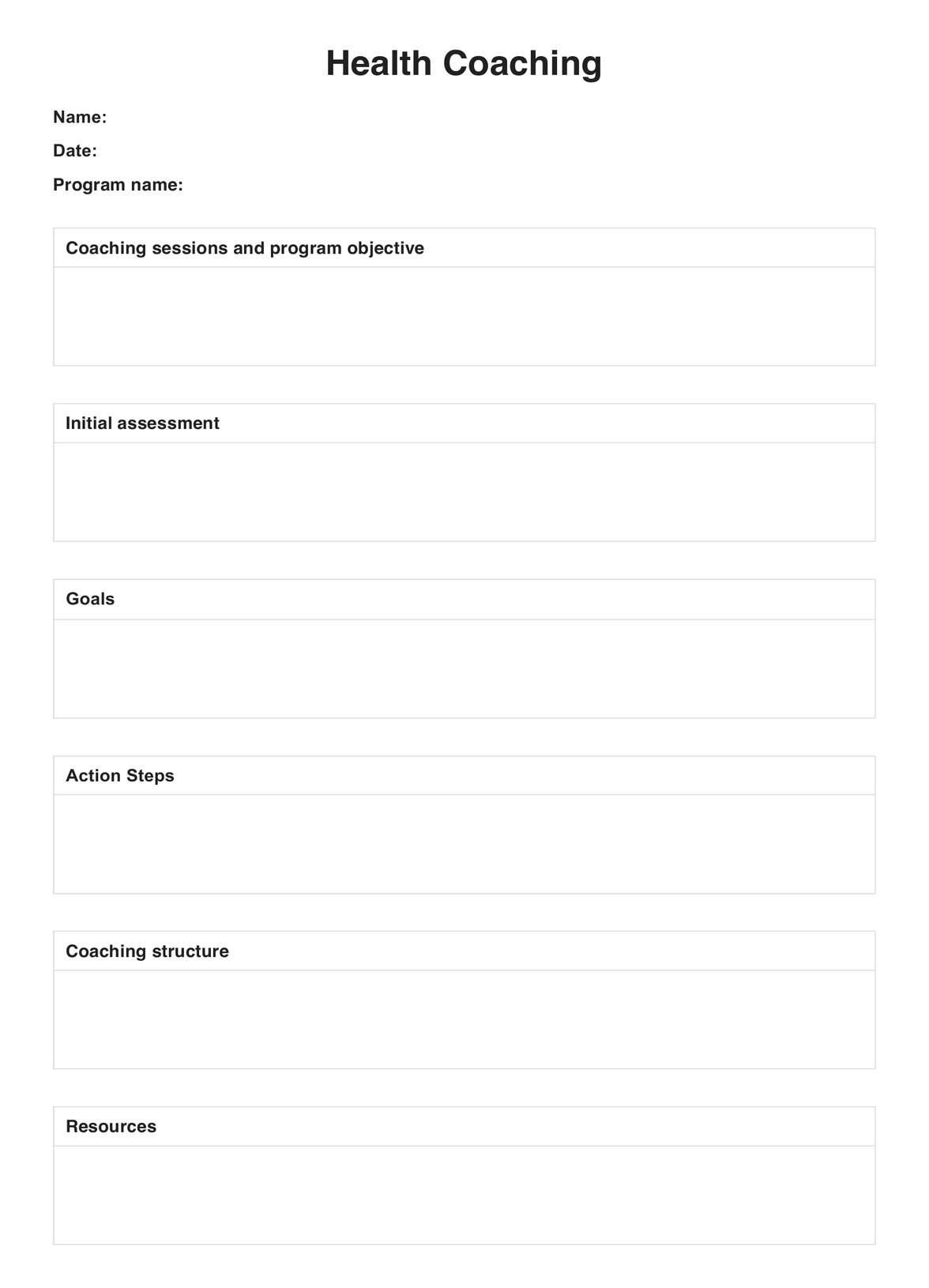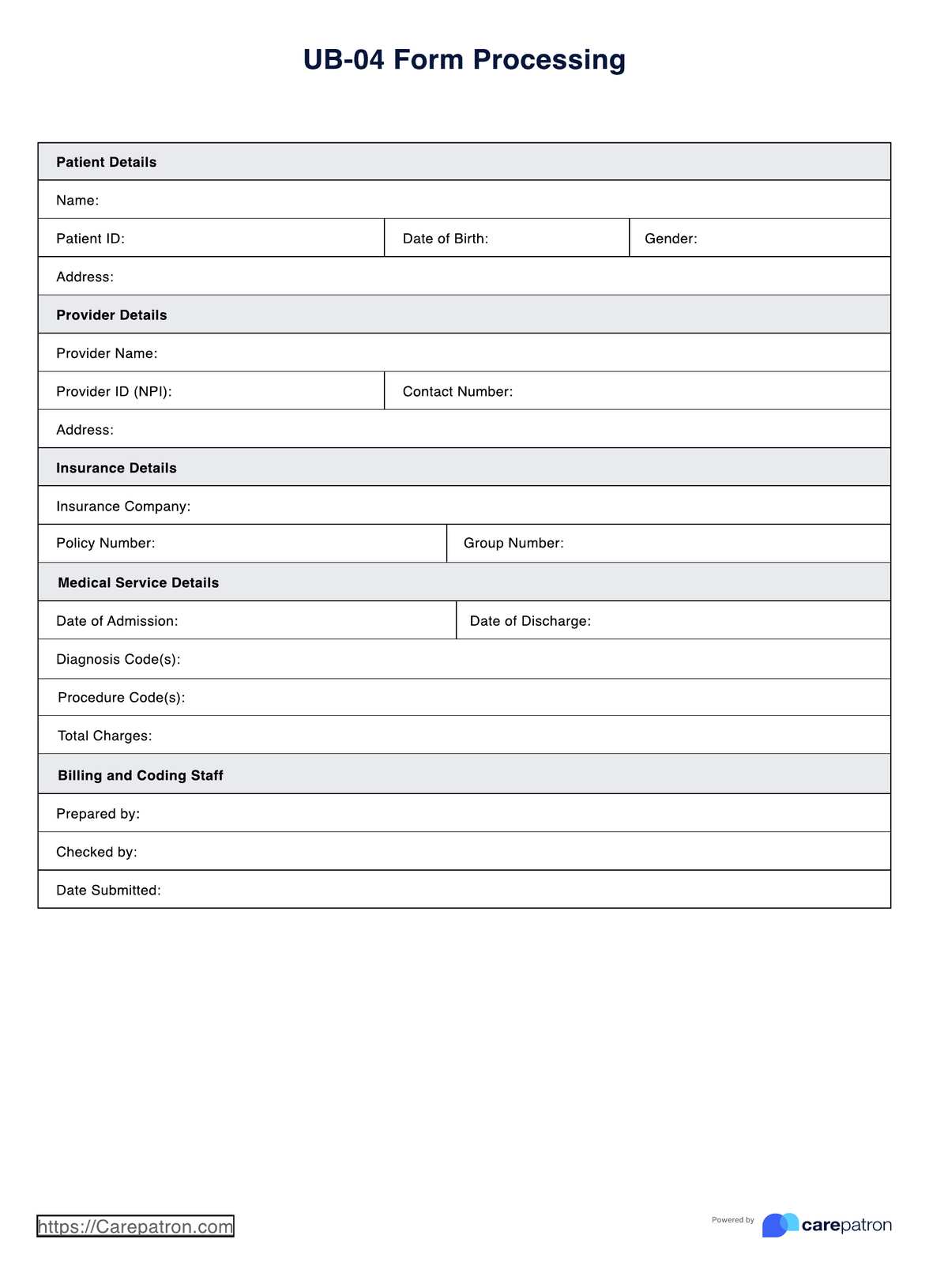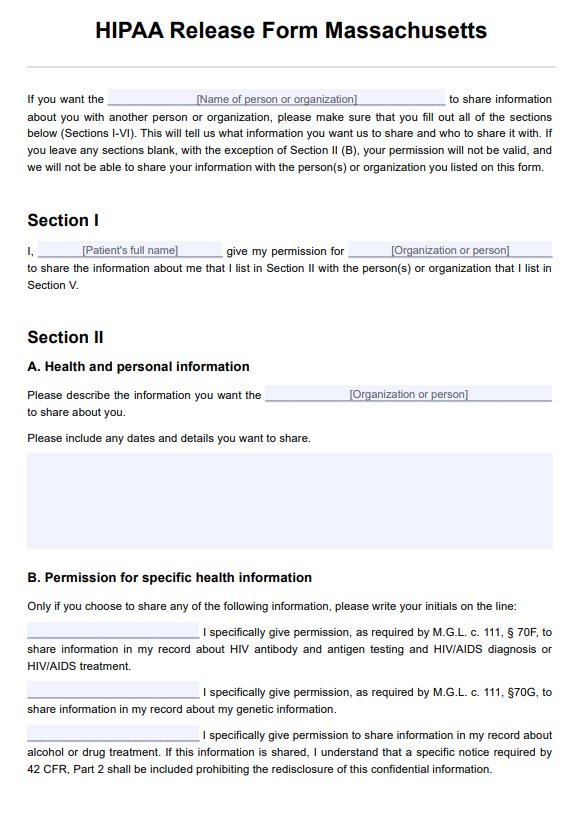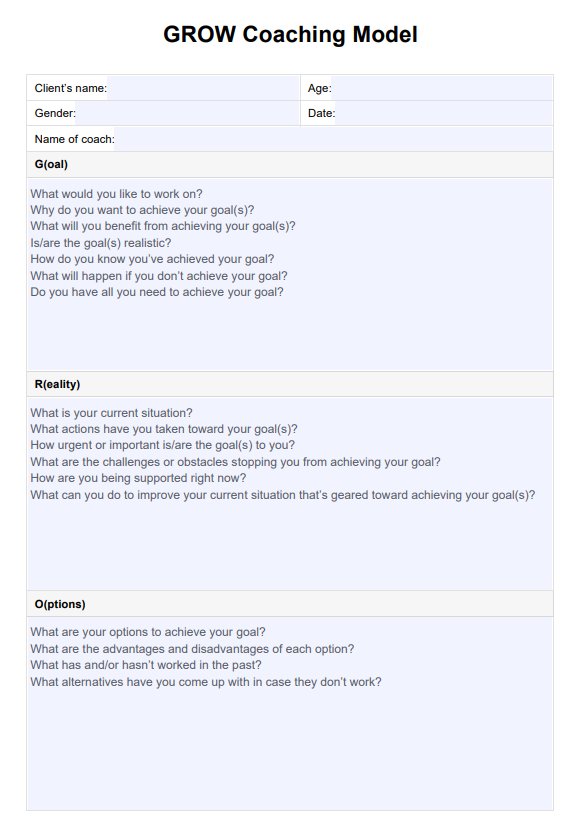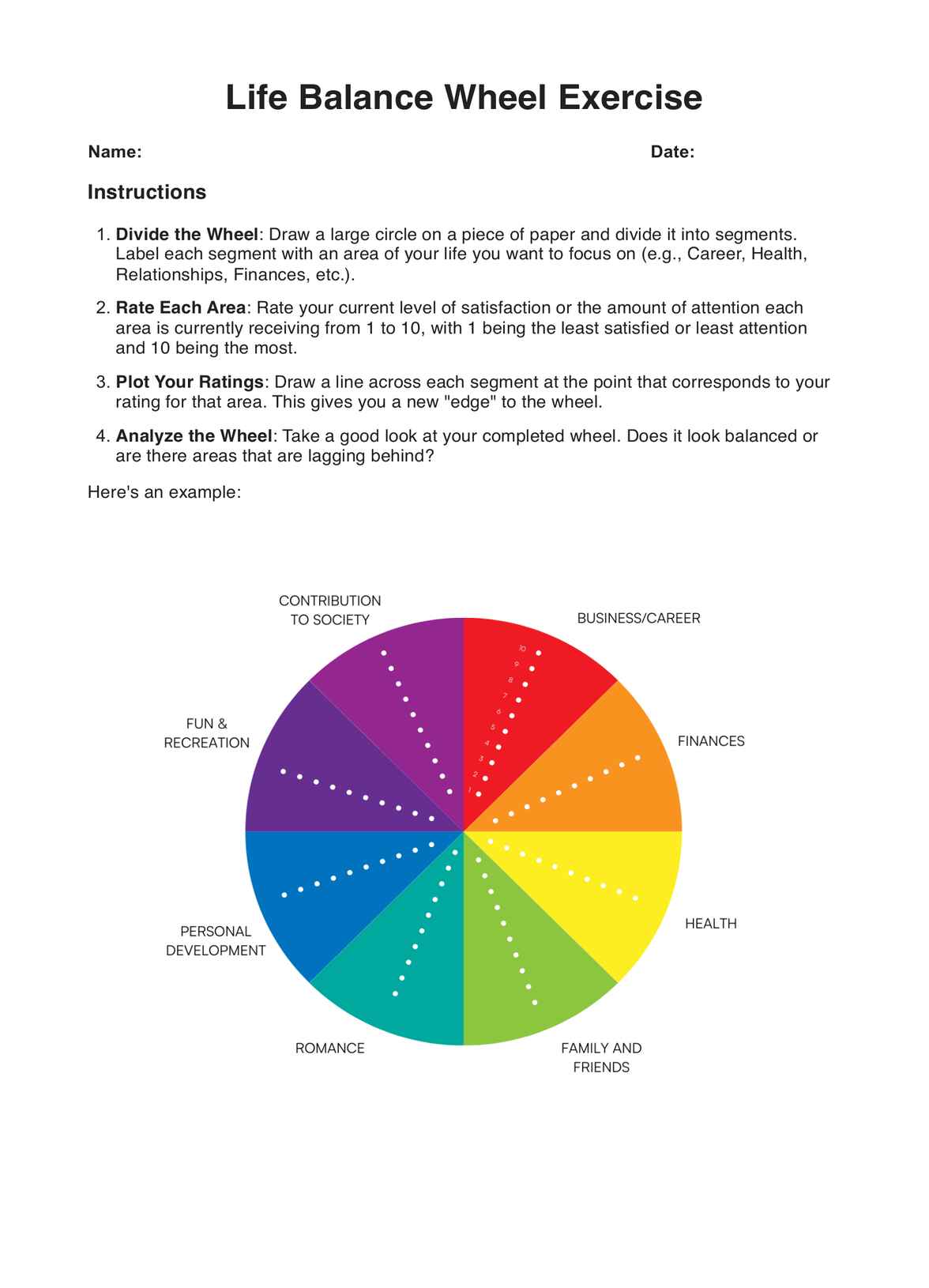Sugar-Free Diet Food
A sugar-free diet includes fresh fruits, vegetables, lean proteins, whole grains, and healthy fats while avoiding added sugars and processed foods.


What is a Sugar-Free Diet Food List?
A Sugar-Free Diet Food List is a valuable resource for individuals seeking to reduce or eliminate sugar (natural sugars and processed) for various reasons. It provides a comprehensive guide to foods that are naturally low in sugar or contain no added sugar, encompassing a wide range of nutrient-dense options that can support a healthy and balanced lifestyle.
This list is a practical tool for incorporating alternatives into daily meals, snacks, and packaged foods that could contain too much sugar, promoting informed food choices that align with personal health goals.
The list typically involves non-starchy vegetables, which are low in calories and carbohydrates but are rich in vitamins, minerals, and fiber. Meats and poultry such as chicken and fish are low in sugar but a great source of protein for a balanced diet. This can also include olive oil and naturally occurring sugars as a replacement for other artificial sweeteners and high-fructose corn syrup.
Eggs are also often found on these lists due to the range of meals and baking they can be used in while containing no sugar. Healthy fats such as avocado, nuts, and seeds are also crucial for energy levels, hormone levels, and nutrient absorption. Low-sugar foods and fruits are often included in these lists with the idea that they can be enjoyed in moderation.
Having pre-made lists helps people who lack knowledge about this diet or impulsively buy sugary foods when shopping to cut them out and replace them with healthier, sugar-free options.
Sugar-Free Diet Food Template
Sugar-Free Diet Food Example
How does a no-sugar diet food list work?
The Sugar-Free Diet Food List tool is designed to streamline dietary management for patients requiring low-sugar diets. Here's a concise step-by-step guide on implementing this tool in practice:
Step 1: Assessment and customization
Evaluate the patient's health status, dietary needs, and preferences. Use this information to customize the sugar-free food list within the app, ensuring it aligns with the patient's specific requirements and any other dietary restrictions they may have.
Step 2: Introduce the sugar-free food list
Introduce the sugar-free diet concept to the patient, explaining its benefits and potential challenges. Use the template to demonstrate sugar-free foods and alternatives. Collaboratively set realistic, measurable goals for starting a low-sugar diet.
Step 3: Monitoring and adjustment
You can track the patient's progress regularly during consultations or using Carepatron's monitoring features. Review adherence, assess difficulties, and analyze the impact on relevant health markers. Based on this data, make necessary adjustments to the food list and dietary plan.
Step 4: Follow-up and support
Schedule periodic check-ins to review progress, address concerns, and provide ongoing support. Communicate to maintain contact between visits, offering timely advice and encouraging long-term adherence.
When would you use this sugar-free list?
These diet food lists can be used by practitioners such as registered dietitians, healthcare professionals, and health educators. Based on these lists, registered dietitians can create personalized meal plans and provide counseling to individuals aiming to reduce their sugar intake.
Physicians, nurses, and other healthcare professionals can recommend a sugar-free diet as part of the treatment plan for individuals with diabetes, pre-diabetes, or other health conditions in which sugar reduction is beneficial.
If you're handling a client who eventually wants to go sugar-free but is struggling to do so, you can check out our 2-Week No Sugar Meal Plan to let them try having no sugar intake at all. If that's still too much for them, you can check out our regular 2-Week Diet Plan template, which doesn't completely eliminate sugar from their diet, but it can be tweaked to reduce their sugar intake every now and then so they can get used to little to no sugar gradually and eventually lose their sugar cravings.
Research & evidence
The importance of nutrition in human health has been understood for over a century. However, more recent research has highlighted how excess sugar consumption negatively affects physiological and neurological health (Gillespie et al., 2023). Research has also shown that a sugar-free diet contributes to increased energy levels by avoiding the temporary sugar spike and crash associated with sugary eating patterns.
Subsequently, a diet rich in slow-burning carbohydrates and proteins, such as bananas and peanut butter, promotes sustained energy. By avoiding fluctuations in blood sugar levels, individuals following a Sugar-Free Diet Food List experience heightened focus and sustained activity levels, providing a more stable and durable way of living (Office of Disease Prevention and Health Promotion, 2024).
An umbrella review of 73 studies and 83 health outcomes underscores the detrimental impact of high dietary sugar consumption on health. Significant harmful associations were found, including increased risks of endocrine/metabolic, cardiovascular, cancer, and other health issues. Moderate-quality evidence linked elevated sugar intake, especially from sugar-sweetened beverages and added sugars, to increased body weight and ectopic fatty accumulation.
The study recommends reducing sugar intake to below 25 g/day and limiting sugar-sweetened beverage consumption to less than one serving per week to mitigate adverse health effects, particularly in cardiometabolic diseases. It also suggested that following food lists could effectively combat these issues (Huang et al., 2023).
References
Gillespie, K. M., Kemps, E., White, M. J., & Bartlett, S. E. (2023). The impact of free sugar on human health—A narrative review. Nutrients, 15(4), 889. https://doi.org/10.3390/nu15040889
Huang, Y., Chen, Z., Chen, B., Li, J., Yuan, X., Li, J., Wang, W., Dai, T., Chen, H., Wang, Y., Wang, R., Wang, P., Guo, J., Dong, Q., Liu, C., Wei, Q., Cao, D., & Liu, L. (2023). Dietary sugar consumption and health: Umbrella review. BMJ, e071609. https://doi.org/10.1136/bmj-2022-071609
Office of Disease Prevention and Health Promotion. (2024, June 30). Heart-healthy foods: Shopping list. https://health.gov/myhealthfinder/health-conditions/heart-health/heart-healthy-foods-shopping-list
Commonly asked questions
Sugar-Free Diet Food Lists are helpful because they provide clear guidance on what foods to choose to avoid added sugars. These lists simplify meal planning and grocery shopping, especially for individuals new to sugar-free diets. They also help make healthier food choices, reduce the risk of consuming hidden sugars often found in processed foods, and promote healthy blood sugar levels.
Sugar-Free Diet Food Lists are used as a reference for selecting foods during meal planning and grocery shopping. Individuals can use these lists to identify whole, unprocessed foods that fit within a sugar-free diet, such as fruits, vegetables, lean proteins, and whole grains. They are also helpful in finding alternatives to sugary snacks and beverages, helping maintain a balanced and nutritious diet.
The duration for following a Sugar-Free Diet Food List varies depending on individual health goals and dietary needs. Some people may adopt it as a long-term lifestyle change, while others might follow it for a specific period to achieve health objectives like weight loss or better blood sugar control. It's essential to consult a healthcare provider or dietitian to determine the appropriate duration based on personal health conditions and goals.


